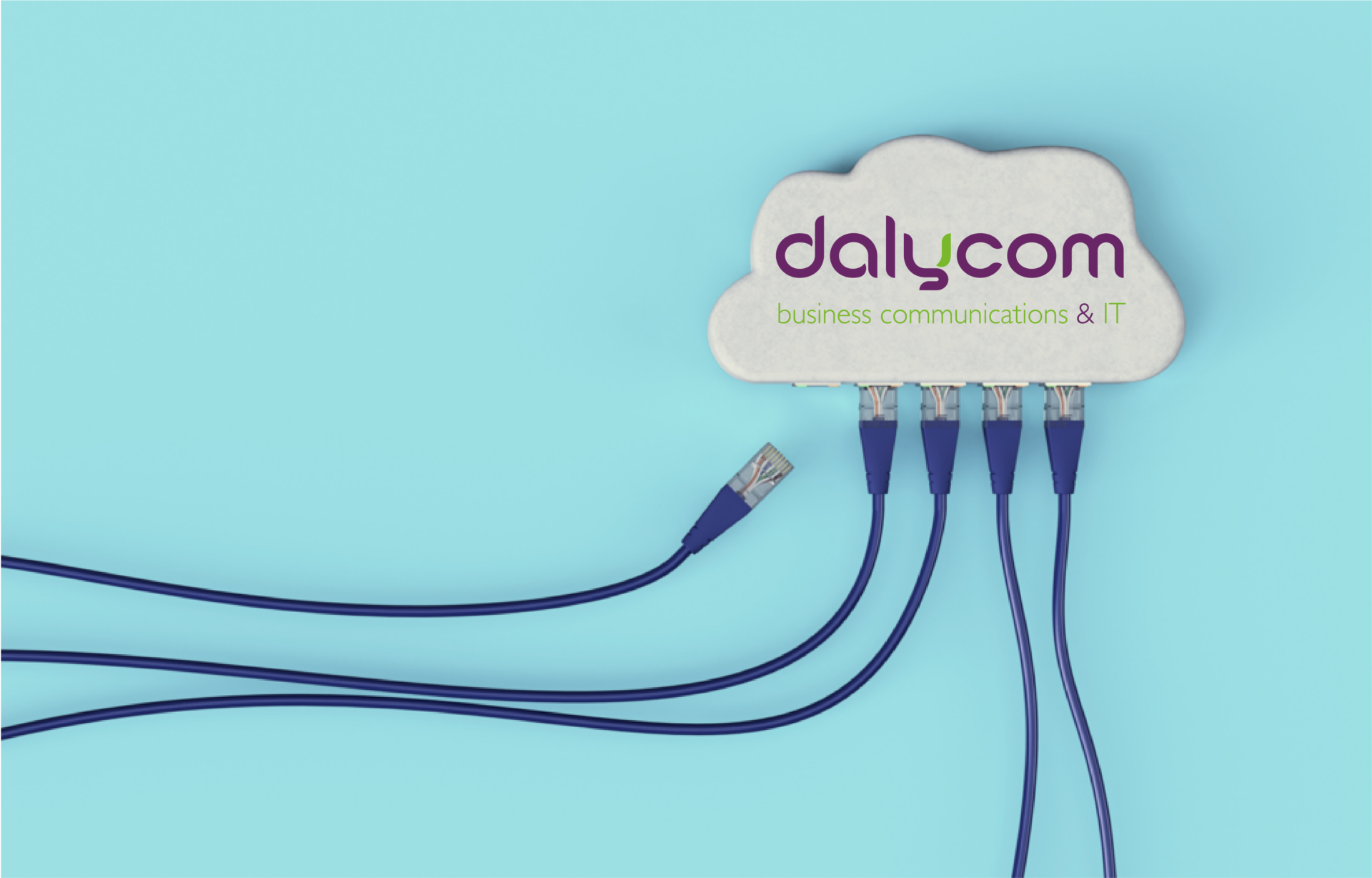Before the first lockdown and the coronavirus pandemic, most companies and organisations considered the office as the main central hub to work from.
Holding client meetings, employees collaborating, and employees socialising during their coffee or lunch breaks, what most of us considered normal, changed overnight when the first lockdown was introduced.
Business owners had to think overnight how to change and adapt their operation models. Businesses had to invest in new equipment and IT Infrastructure to enable employees to work remotely, collaborate with one another and hold client meetings.
In essence, office buildings became empty overnight and what was once a busy high-street, became a ghost town overnight.
Businesses and employees have had to adapt to remote working. Employers have had to make quick decisions and adapt their previous working models, and employees, have had to find a work/life balance.
For employees, the benefits are great. Not having to commute saves time and offers a more relaxed start to their day. If an employee has children, they are able to collect and pick them from school and still be connected to work due to the wide range of tools available for remote working. Being able to spend more time with their families, employees feel valued by their companies and appreciate the investment that is being made to enable them to work remotely.
Although remote working was set up because of the first lockdown, a large number of companies are offering their employees the ability to work from home on a permanent basis due to the many benefits it brings both the employee and employer.
The flexibility has meant that more employees work longer hours and are a lot more productive during their working day.
For employers, this has meant an initial investment to enable their workforce to work remotely, however, it has also offered a considerable cost-saving potential on rent, rates and utility bills. Business owners have also seen an increase in overall productivity from most employees because they prefer working from home.
But it hasn’t been all straight forward, as both employers and employees have had a learning curve too. Employers have learnt that employee digital wellbeing is paramount to their overall productivity, as employees can burn out from overworking from their homes.
Not all employees have adapted well to working remotely, meaning that their productivity has gone down.
There have been challenges in accessing data and internet bandwidth has caused issues, with many employees sharing their internet with the rest of the household.
Employers have had to find new ways to get employees to socialise with each other, as they would have usually done during their coffee and lunch breaks. As simple as this sounds, this casual socialising allows employees to get to know each other better and in turn, they collaborate better.
Employees have learnt that their work/life balance is paramount in the way they feel. Having too many video calls one after another can also cause video fatigue. They have had to adapt to new working tools such as Microsoft Teams and Horizon Collaborate. Most have also realised that they need a dedicated space at home to work from.
Overall, remote working has been a welcome change for both employees and employers, with some returning to the office between the first and second quarter of 2021, with the rest working from home permanently.
Nonetheless, remote working is not for all businesses, and certainly not for all employees. Over the past months, many have been struggling with loneliness, burnout, and reduced work-life balance. For many, the office is a necessity to perform their job.
In these uncertain times, one this is certain: one size does not fit all. While some will choose to continue working remotely permanently, and others will be eager to reopen their offices, we believe that once restrictions ease, a hybrid, or flexible, workforce will be the path to success for the vast majority of organisations.
Unfortunately, a hybrid workforce doesn’t come without challenges. Striking the right balance to protect all employees won’t be easy.
Collaboration and communications become even more complicated when employees are split up between home and the office – the risk is affirming a two-tier workforce, where remote workers get the short end of the stick.
Even before the pandemic, companies who had adopted a hybrid workforce reported that over 50 per cent of remote workers felt their onsite colleagues didn’t treat them equally, and didn’t receive the same opportunities as their office counterpart.
Feeling isolated, left out, and not part of the company are all possible risks for remote workers in a hybrid model. Ultimately, business leaders will need to make sure both their remote and office workers receive the same inclusive and enabling working experience, regardless of their location.
In order to meet the needs and requirements of all employees in a flexible model, organisations will need to turn to a remote-first approach. Unlike fully remote companies, remote-first companies retain a physical workplace; yet, unlike remote-friendly or traditional companies, for a remote-first company, remote is the rule, rather than the exception.
This means that all employees are hired as remote workers, but can choose to use the office space if, and when, they wish to do so. All positions are performed using remote tools and processes, regardless of where they choose to work from.
A remote-first company will expect, and most importantly, will empower employees to work remotely. In this scenario, the working environment is digital-first in order to include all relevant employees; video conferences are conducted outside of the meeting room, using standardised communications tools; information and opportunities are equally accessible by all members of the company; and performance is measured by output, rather than hours worked or location.
A remote-first approach, when done properly, ticks many boxes for a successful long-term strategy, especially in this new pandemic reality.
Some of the most obvious benefits include:
- Financial savings – in most cases, remote-first companies will reduce the number of physical offices, reducing their CapEx.
- Improved business continuity – by adopting a remote-first approach, businesses will eliminate the risk of disruption due to external events.
- Promoting diversity and deepening the talent pool – traditional models are often limiting for people with disabilities, or for non-local candidates. A remote-first approach solves this problem by allowing them to work from anywhere, any time.
- Supporting employee wellbeing – a remote-first approach gives employees much more flexibility. Whether they prefer to work from home, or from the office, they have the ability and resources to do so.
Remote-first won’t be easy to achieve for most companies – it requires a fundamental shift in company policies, processes, technology, and most importantly, culture.
Business leaders will need to listen to their internal customers and adapt their strategy to their needs and requirements. Every person within the company will need to buy-into this approach. For that to happen, organisations will need to make sure all employees have the same working experience.
It will be more important than ever to give employees a choice and the ability to work from wherever they see fit without feeling left out or stressed because of that choice.
Employing the right tools to enable employees to successfully and productively work from anywhere will be fundamental in the coming months.
Organisations that have adopted sticking plaster solutions at the beginning of the pandemic will need to re-evaluate their current technology stack and understand which solutions benefit their employees, regardless of their location.
Communication and collaboration will be exceptionally important in enabling a remote-first approach. A complete UCaaS solution will allow your employees to collaborate and communicate virtually from anywhere, whilst building a strong UCaaS strategy that adapts and evolves with your internal and external customers’ requirements will prove vital.
For more information on enabling your company to become a remote-first organisation, call us on 01509 410 410.
#RemoteFirst #RemoteWorking #DigitalWellbeing #UnifiedCommunications #Mircosoft365 #Horizon #Dalycom


